From the dusty trails of the Wild West to the living rooms of American households, TV Westerns have left an indelible mark on the genre and the culture of the United States. During the golden age of television, these shows brought the rugged, untamed frontier into millions of homes, showcasing tales of heroism, justice, and adventure.
Shows like “Gunsmoke” and “The Roy Rogers Show” not only entertained viewers but also helped to define the era and shape the perception of Western life.
The appeal of TV Westerns lies in their blend of historical realism with timeless storytelling. They often depicted the struggles of lawmen, outlaws, and settlers, reflecting broader contemporary issues. The genre evolved, and some shows combined classic Western tropes with modern themes, captivating newer audiences.
This dynamic approach has kept the genre relevant and made classics like “Deadwood” essential viewing for any Western lover.
Shows such as “Longmire” have demonstrated the genre’s lasting impact by weaving traditional elements with contemporary narratives. They highlight the versatility and enduring appeal of Westerns in a modern context. These shows not only honor the legacy of past TV Westerns but also introduce the genre to new generations, ensuring its place in Hollywood’s storied history.
Historical Context of the Western Genre
The Western genre emerged from the wild tales of the American Frontier in the late 19th century. These stories depicted cowboys, outlaws, and settlers navigating the challenges of the Wild West. It reflected the rugged individualism that was a key theme in the United States during this era.
During the Great Depression, Westerns became a popular form of escapism. Audiences flocked to theaters for these films, finding comfort and inspiration in the tales of heroism on the frontier. Hollywood capitalized on this, producing numerous Westerns to meet the demand.
In the 1950s, the genre experienced significant growth, particularly on television. Shows like Gunsmoke and The Lone Ranger dominated the airwaves. These TV Westerns brought the excitement of the Wild West directly into living rooms across the country, solidifying their place in American culture.
Hollywood directors, such as John Ford, played a crucial role in shaping the genre. Ford’s films like Stagecoach and The Searchers set the standard for Western storytelling and visual style. They focused on expansive landscapes, moral ambiguity, and the clash between law and order and the lawless.
By the 1960s, the genre saw the rise of the Spaghetti Western, with directors like Sergio Leone putting their unique twist on the classic themes. Despite changes and evolution, the core elements of the Western genre remained intact, continuing to captivate audiences.
The Western genre’s historical context is deeply rooted in America’s past, reflecting its exploration, conflicts, and the spirit of the frontier. This backdrop provided fertile ground for storytelling, influencing both movies and TV shows for decades.
Pioneering TV Westerns of the 1950s
The 1950s saw the emergence of several influential TV Westerns that captivated audiences with adventure, drama, and moral lessons. Shows like The Lone Ranger and Gunsmoke set benchmarks in the genre, creating a legacy that many others would follow.
The Lone Ranger and the Birth of a TV Era
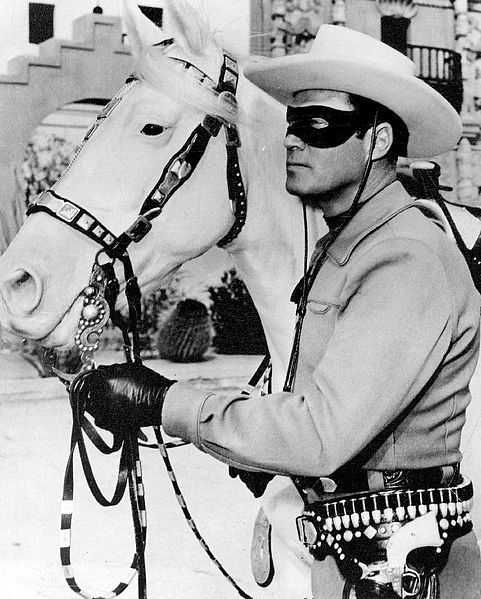
The Lone Ranger debuted in 1949, laying the groundwork for 1950s TV Westerns. It featured Clayton Moore as the masked hero and Jay Silverheels as his companion, Tonto. This series was a hit among children, who loved its straightforward tales of good versus evil.
The show was known for its thrilling horse chases and shootouts. It provided a mix of action and moral lessons, typically ending each episode with the Lone Ranger’s iconic catchphrase: “Hi-Yo Silver, away!” Its success proved that Westerns could thrive on television, showcasing lawmen as figures of justice.
Gunsmoke: A Benchmark for TV Westerns
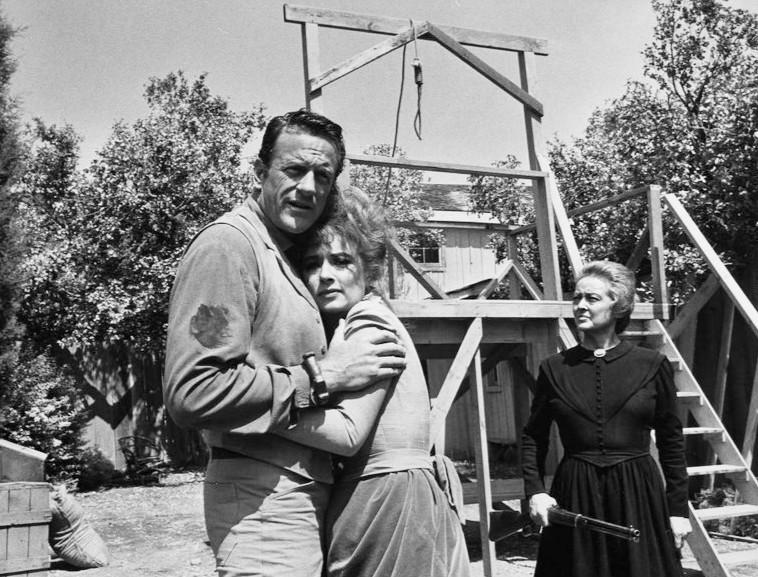
Gunsmoke, beginning in 1955, became a benchmark for TV Westerns. Starring James Arness as Marshal Matt Dillon, the show was set in Dodge City, Kansas. Gunsmoke quickly distinguished itself with its more realistic and adult-oriented approach to the Western genre.
It was notable for its strong character development and complex storylines. Unlike earlier Westerns focused on action, Gunsmoke explored deeper themes such as justice, morality, and human struggle. This made it popular among not just children but adults as well, achieving high ratings for many years.
With over 20 seasons, Gunsmoke set records and left a lasting impact on the genre. Its success demonstrated the potential for Western TV shows to appeal to a wider audience with more mature content.
Iconic Western Heroes and Characters
TV Westerns have introduced audiences to unforgettable heroes who embody the spirit of the Wild West. Two key groups of these characters include historical figures brought to life on screen and actors whose portrayals defined the genre.
Legends Like Wyatt Earp and Hopalong Cassidy
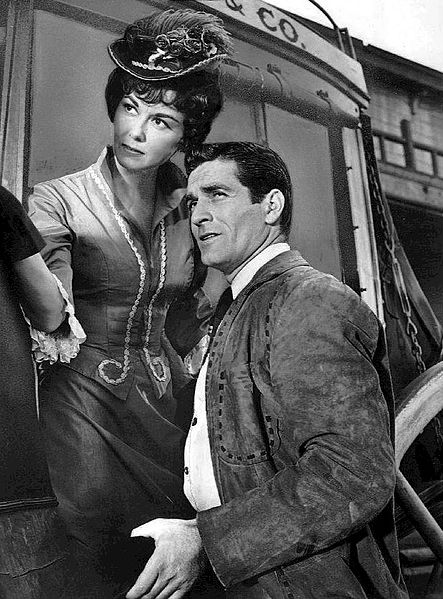
Wyatt Earp, a real-life lawman, became an iconic TV character. His adventures were dramatized, capturing his bravery and justice. Shows like “The Life and Legend of Wyatt Earp” made him a symbol of Western heroism.
Hopalong Cassidy, originally from novels, was another classic hero. He was portrayed as a morally strong and skillful cowboy. The TV series and films featuring him were among the first to bring Westerns to the screen, setting the standard for future heroes.
The Star Power of Clint Eastwood and John Wayne
Clint Eastwood, known for his role in “Rawhide,” revolutionized TV Western heroes. His character, Rowdy Yates, was rugged and complex, which was a shift from simpler portrayals. Eastwood’s performance added depth to the genre and paved the way for more nuanced characters.
John Wayne’s influence was equally profound. Though more a movie star, his TV appearances further solidified his status as the archetypal Western hero. With his distinctive presence and strong persona, Wayne became synonymous with the genre. His roles emphasize courage, strength, and frontier justice, making him a lasting icon.
Evolution of the Western Narrative
The Western genre has changed a lot over the years, reflecting shifts in society and culture. This evolution can be seen in the transition from clear-cut moral tales to more complex and grey narratives, the influence of international styles, and modern critiques that challenge traditional views.
From Black and White to the Moral Grey
Early Westerns were often about clear distinctions between good and evil. Heroes wore white hats and villains wore black hats. These stories focused on lawmen chasing outlaws, showcasing clear sides of morality.
Over time, Westerns began to explore moral grey areas. Characters became more flawed and human, showing that morality wasn’t always clear-cut. This shift added depth to the narrative, making stories more relatable and thought-provoking.
Now, Westerns often feature anti-heroes and complex motives, reflecting real-life complexities. These changes have kept the genre fresh and engaging for modern audiences.
Rise of Spaghetti Westerns
In the 1960s, Italian directors, like Sergio Leone, started making Westerns that became known as Spaghetti Westerns. These films often showcased more violence and stylistic flair compared to American Westerns.
Spaghetti Westerns added a level of grit and realism. They focused on revenge, crime, and survival in a harsh landscape. Leone’s films, like A Fistful of Dollars, introduced iconic characters played by Clint Eastwood.
These films also incorporated unique music scores by Ennio Morricone, which became synonymous with the genre. The Spaghetti Westerns heavily influenced later Westerns, adding a tougher edge to the narrative.
Revisionist Westerns and Modern Critiques
Revisionist Westerns emerged as a response to the idealized portrayals of the American frontier. These films question the traditional values and sometimes highlight racism and gender issues.
Movies like Unforgiven and Dances with Wolves show the darker sides of Western life, confronting myths with harsher truths. They provide critical views on heroism, morality, and the treatment of Native Americans.
Modern Westerns on TV and streaming platforms continue this trend. Shows like Deadwood and Yellowstone further explore the complexities of the Old West, including corruption and the harsh realities of frontier justice. This approach keeps the genre relevant and reflective of contemporary concerns.
Revival and Transformation in Modern Times
The resurgence of TV Westerns can be attributed to the influence of Neo-Westerns and the rise of streaming services. Below, we explore how both factors have reshaped the genre for modern audiences.
The Influence of Neo-Westerns
Neo-Western TV series have reinvigorated the genre by blending traditional Western elements with contemporary themes. Shows like Justified and Deadwood exemplify this change.
Justified brings the Western spirit to modern-day Kentucky. Created by Graham Yost, it follows U.S. Marshal Raylan Givens, played by Timothy Olyphant. The show combines gun-slinging action with complex character development, appealing to both old and new fans.
Deadwood, set in the late 1800s, offers a gritty, realistic take on Western life. The show aired on HBO and received critical acclaim for its storytelling and rich characters. By focusing on the harsh realities of frontier life, Deadwood captivated audiences and set a high standard for modern Westerns.
These Neo-Westerns have succeeded by updating the classic Western formula, making it relevant to today’s viewers while keeping the genre’s core essence intact.
Streaming Services and the Resurgence of Westerns
Streaming platforms like Netflix, HBO, and Peacock have played a major role in the Western revival. These services offer easy access to a wide range of Western series, attracting diverse audiences.
Yellowstone, available on Peacock, is a prime example. Created by Taylor Sheridan and John Linson, it follows the Dutton family as they defend their ranch against external threats. The show’s success has led to spin-offs like 1883 and 1923, both available on Paramount+.
Netflix’s diverse catalog includes Westerns like Godless. This mini-series offers a unique perspective with a cast predominantly of women, transforming typical Western narratives.
By providing a platform for innovative storytelling, streaming services have not only resurrected interest in the Western genre, but also introduced fresh narratives that appeal to contemporary viewers.
Key TV Westerns and Their Cultural Impact
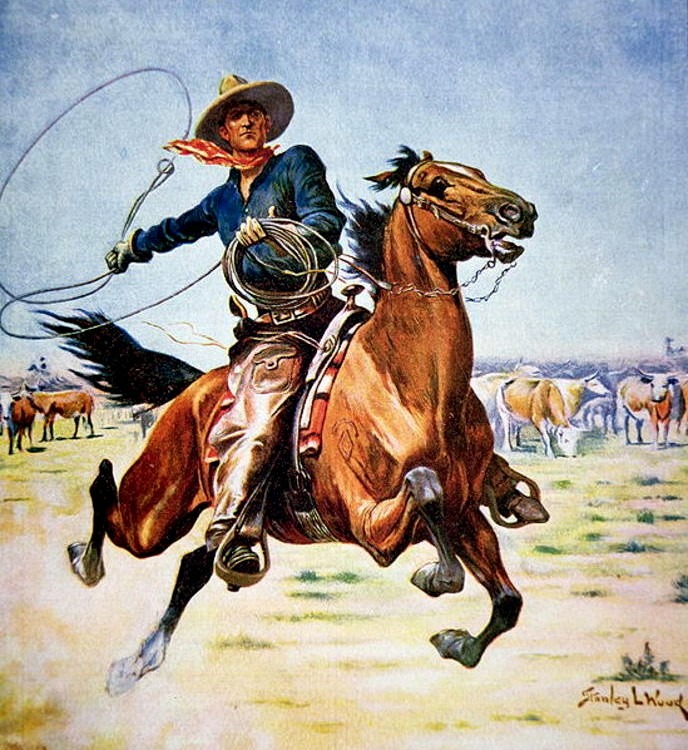
Maverick introduced James Garner as Bret Maverick. He played a different kind of cowboy, one who relied more on wit and charm than on guns. This show added humor to the Western genre and influenced future TV and movie characters.
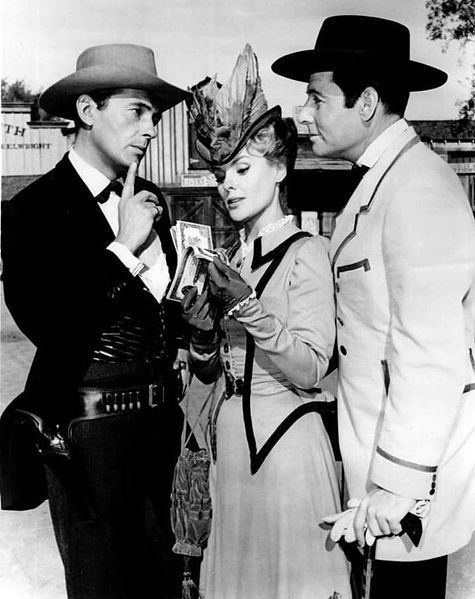
Rawhide starred Clint Eastwood as Rowdy Yates. The series depicted the life of cattle drivers and became known for its realistic portrayal of the West. It helped launch Eastwood’s career and added depth to TV Westerns by focusing on day-to-day challenges.
The Wild Wild West blended Western elements with science fiction. Starring Robert Conrad as James West and Ross Martin as Artemus Gordon, this show featured gadgetry and espionage, which set it apart from traditional Westerns. It broadened the genre’s appeal by mixing in other popular themes.
Cheyenne featured Clint Walker as Cheyenne Bodie, a drifter who faced various adventures. It was the first hour-long Western on TV and set a new standard for storytelling and character development. Walker’s portrayal of a lone hero resonated with audiences and influenced later shows.
Steve McQueen’s role in Wanted: Dead or Alive as bounty hunter Josh Randall pushed the anti-hero archetype into the spotlight. McQueen’s performance added a rugged, complex character to TV Westerns, showing that heroes could be flawed but still captivating.
These shows not only defined the TV Western genre but also left a lasting impact on popular culture. They influenced how characters were developed and how stories were told both on TV and in movies.
Contemporary TV Westerns
Modern TV Westerns have captured audiences with fresh takes on classic themes. They explore the struggles of families, gender roles, and the expansion of new narratives within the genre.
Yellowstone: Kevin Costner’s Modern Frontier
Yellowstone, starring Kevin Costner, follows the Dutton family as they navigate conflicts over their large Montana ranch. The show features themes of power, land disputes, and family loyalty.
Kevin Costner’s portrayal of John Dutton III draws viewers into a world where modernity intersects with traditional cowboy values. The series aired on Paramount Network and quickly became popular due to its engaging storytelling and dramatic tension.
The show’s success has led to multiple spin-offs, expanding the universe and deepening fans’ connection to the Dutton family.
Godless and the Portrayal of Women in the Old West
Godless stands out for its unique focus on women in the Old West. Set in an 1880s New Mexico mining town largely inhabited by women, the Netflix series highlights their resilience and strength.
Michelle Dockery stars as Alice Fletcher, a widow raising her son on the frontier. Jack O’Connell and Jeff Daniels also deliver compelling performances, contributing to the show’s intense and gripping narrative.
Godless gives a fresh perspective on an often male-dominated genre, showcasing women’s struggles and triumphs during that era. The series has been praised for its strong characters and engaging plot.
1883 and 1923: Expanding the Yellowstone Universe
1883 and 1923 are prequels to Yellowstone, providing deeper context to the Dutton family’s history. 1883 follows the early Dutton ancestors as they journey West and settle in Montana.
The show explores themes of migration, survival, and the American dream. Tim McGraw and Faith Hill star as James and Margaret Dutton, bringing emotional depth to their roles.
1923 continues the family saga, focusing on the Duttons during the early 20th century. It deals with issues like Prohibition, the Depression, and the evolution of the American West. Both series have enriched the Yellowstone narrative, offering fans more insight into the family’s origins and struggles.